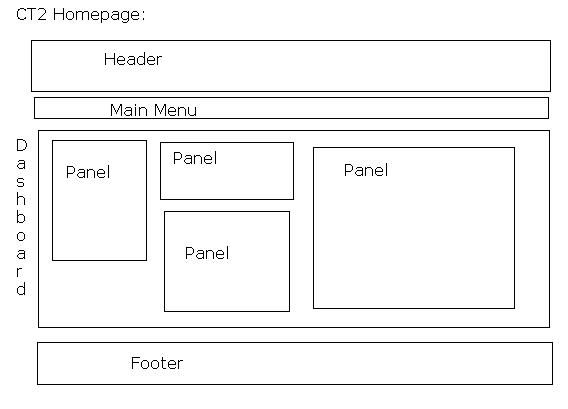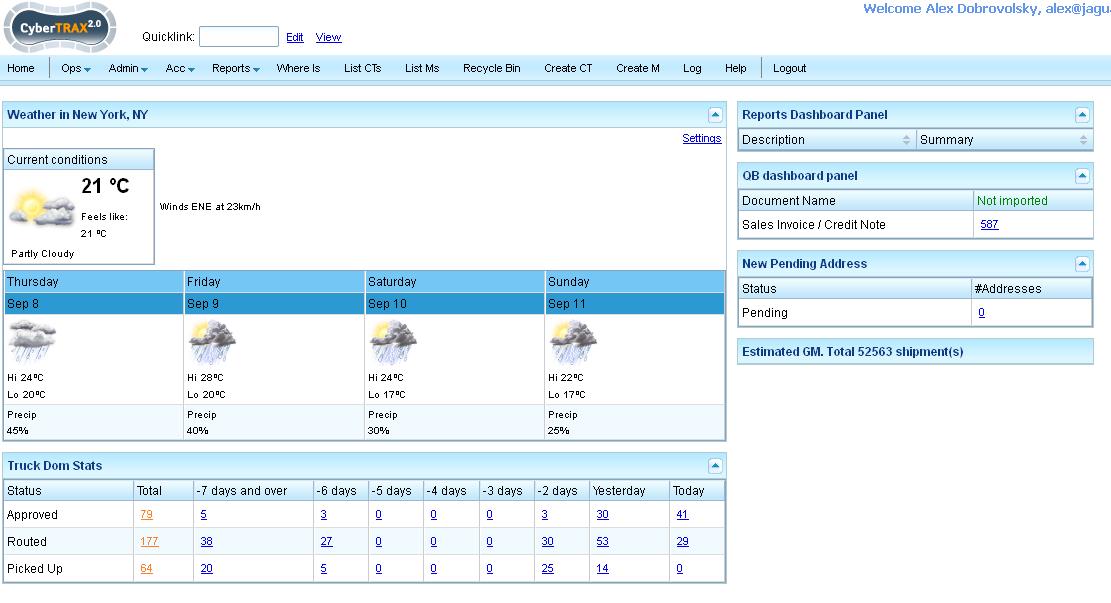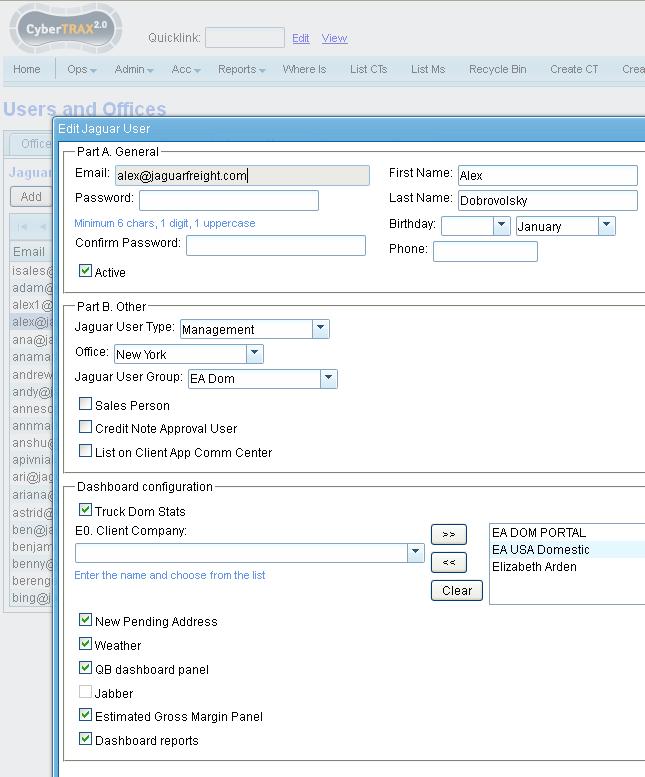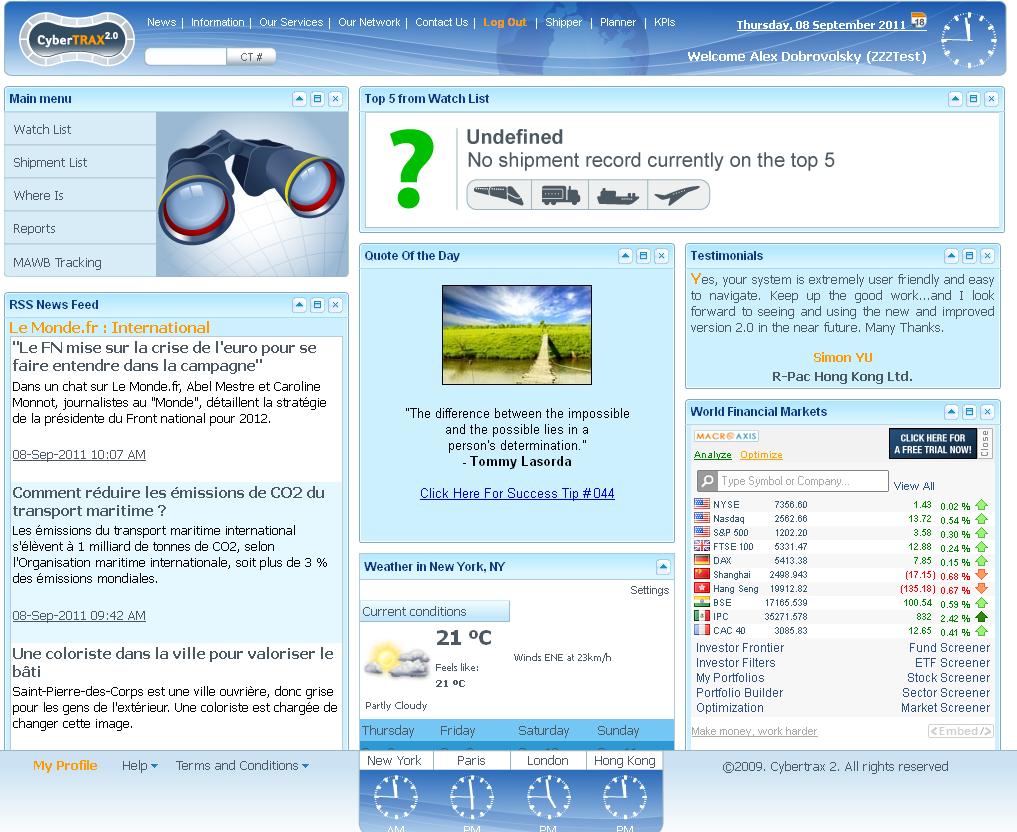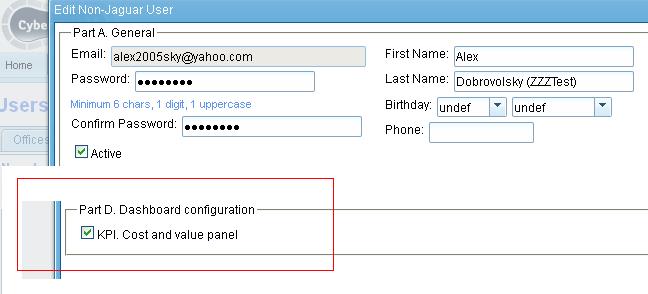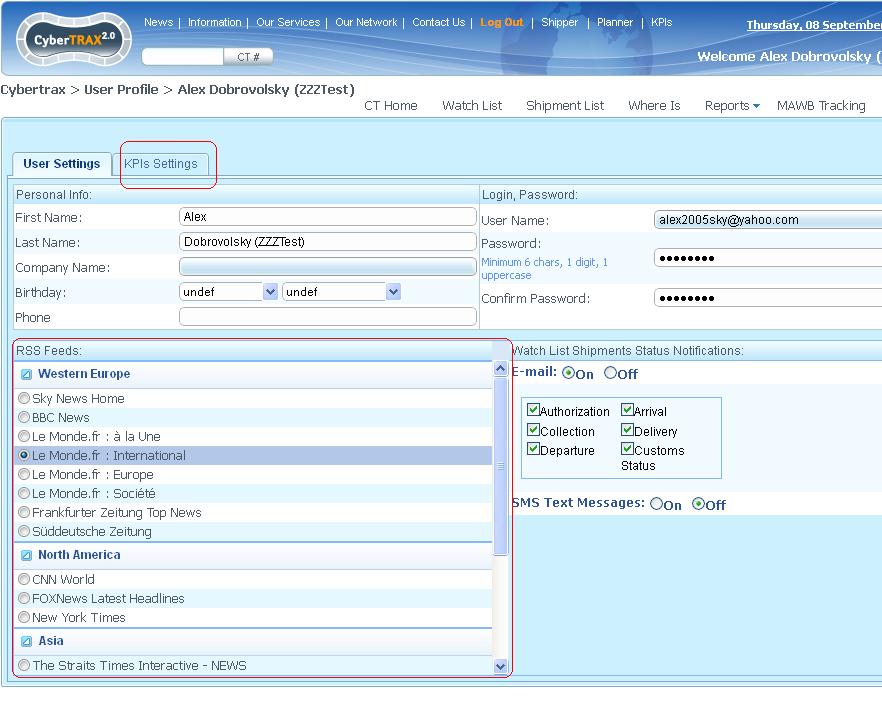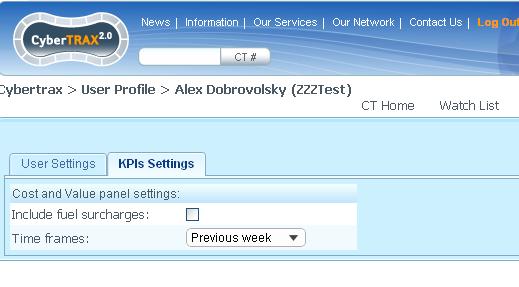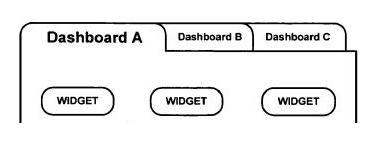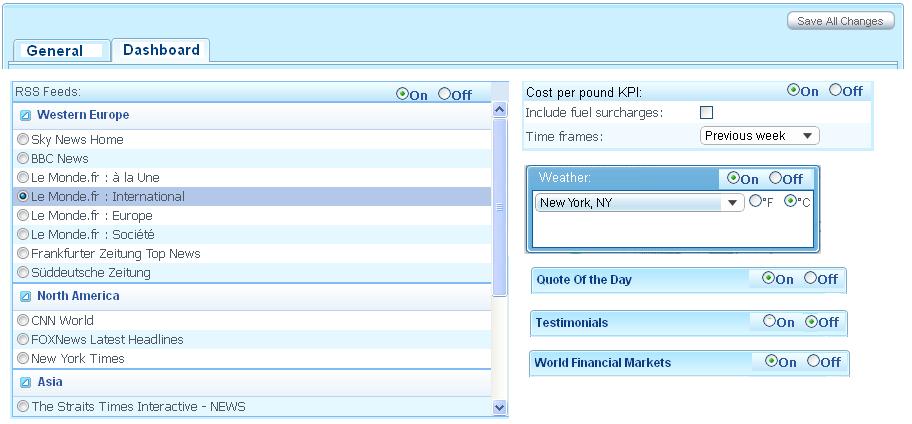Dashboard framework
From UG
(→User level User settings) |
(→Solution version 2) |
||
| Line 68: | Line 68: | ||
=== Settings === | === Settings === | ||
| - | + | Levels of dashboard panel management: | |
| - | * Admin level | + | * ''CT2 Admin level settings'' |
| - | ** settings for each dashboard panel (manage defaults, etc). Location: Home > Admin > Dashboard | + | ** settings for each dashboard panel (manage defaults, etc). |
| - | * Admin level user settings | + | ** Location: Home > Admin > Dashboard |
| + | |||
| + | * ''Admin level user settings'' | ||
| + | ** Location: Home > Admin > Users and Offices | ||
**("User profile" managed by superuser) | **("User profile" managed by superuser) | ||
| - | * User level user settings. Location: Home > User profile | + | |
| + | * ''User level user settings.'' | ||
| + | ** Location: Home > User profile | ||
**("User profile" managed by user) | **("User profile" managed by user) | ||
| + | |||
| + | ==== Company level settings ==== | ||
| + | In the future it would be also use convenient to have dashboard settings at the company level. In this case if company X purchased widget Y then all users associated with that company will inherit it (with default settings defined at the Company level). | ||
| + | |||
| + | Currently | ||
==== User level User settings ==== | ==== User level User settings ==== | ||
[[File:Client User profile Dash Tab v2.JPG]] | [[File:Client User profile Dash Tab v2.JPG]] | ||
| + | |||
| + | ==== Admin level user settings ==== | ||
| + | |||
| + | These could be same list as the above (in this case it would define defaults or could be used to change settings at the Admin level at some point). Or they could include additional settings. Some parameters could be managed at admin level only. In this case they would appear as read only in ''User level User settings''. | ||
Revision as of 17:43, 16 September 2011
Contents |
Info
- parent: 0003127: (Dashboard) ......
Business Requirements
- Need special page with various panels such as Weather, News, etc
- Need separate page for DRs
- above should be available on both Client and internal
- need flexible admin to manage above on the superuser, manager, user levels
- persistence (system must remember last state of dashboard for individual user to reproduce at the next login)
Glossary
Dashboard - it is a space between Header/Main Menu and Footer on a CT2 Home Page. It contains various Panels with valuable information such as "Weather", "RSS News feeds" or "Truck Dom Stats Dashboard Report".
See Fig below.
Solution version 1
This is current version !
Since we have 2 apps currently implementation on each differs.
Dashboard for Internal App
Example of DB:
Example of related config:
Dashboard for Client App
DB on Client example (Main DB):
KPIs DB:
Related config (superuser level):
Related config (user level):
Solution version 2
Multiple dashboards
Settings
Levels of dashboard panel management:
- CT2 Admin level settings
- settings for each dashboard panel (manage defaults, etc).
- Location: Home > Admin > Dashboard
- Admin level user settings
- Location: Home > Admin > Users and Offices
- ("User profile" managed by superuser)
- User level user settings.
- Location: Home > User profile
- ("User profile" managed by user)
Company level settings
In the future it would be also use convenient to have dashboard settings at the company level. In this case if company X purchased widget Y then all users associated with that company will inherit it (with default settings defined at the Company level).
Currently
User level User settings
Admin level user settings
These could be same list as the above (in this case it would define defaults or could be used to change settings at the Admin level at some point). Or they could include additional settings. Some parameters could be managed at admin level only. In this case they would appear as read only in User level User settings.
